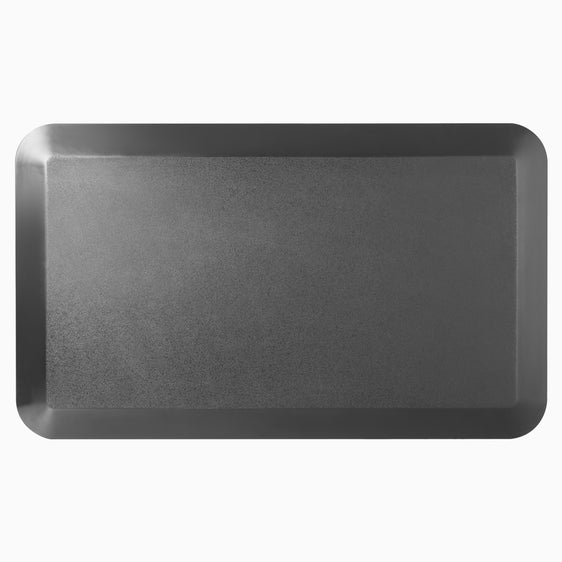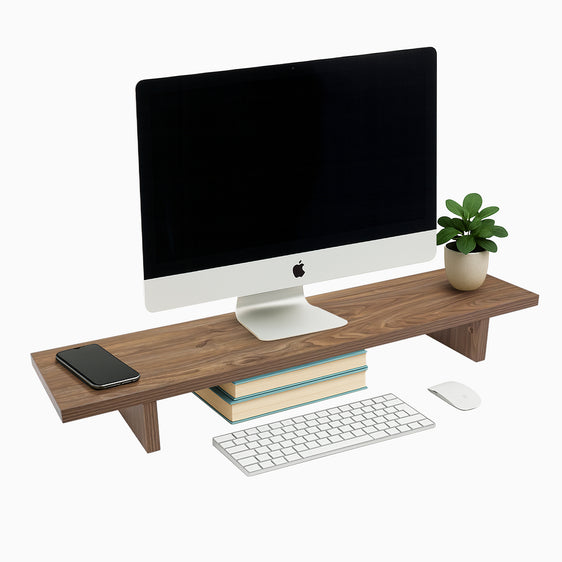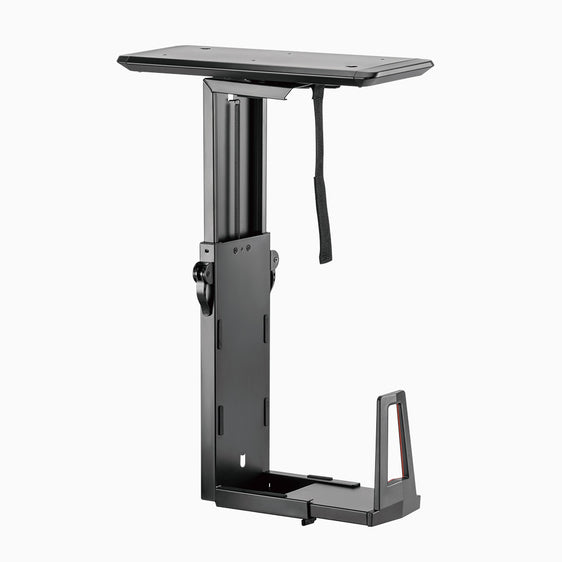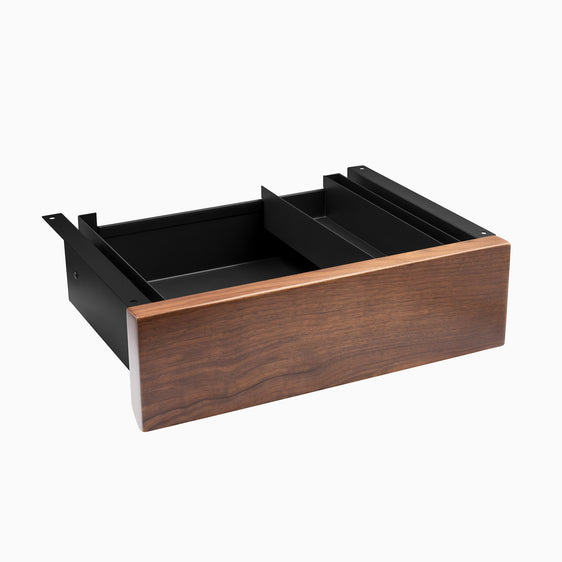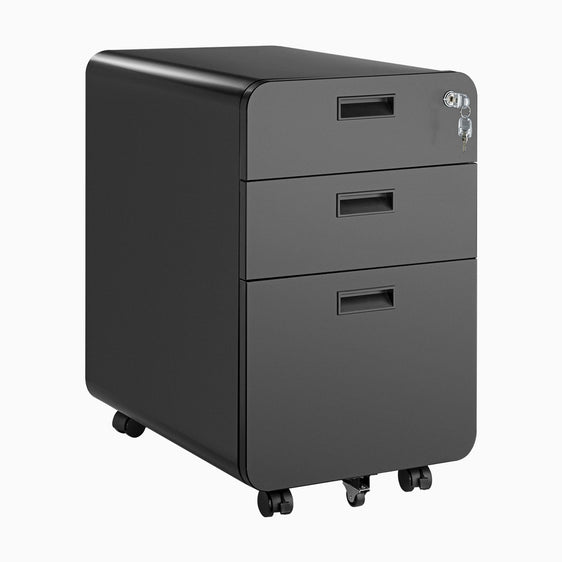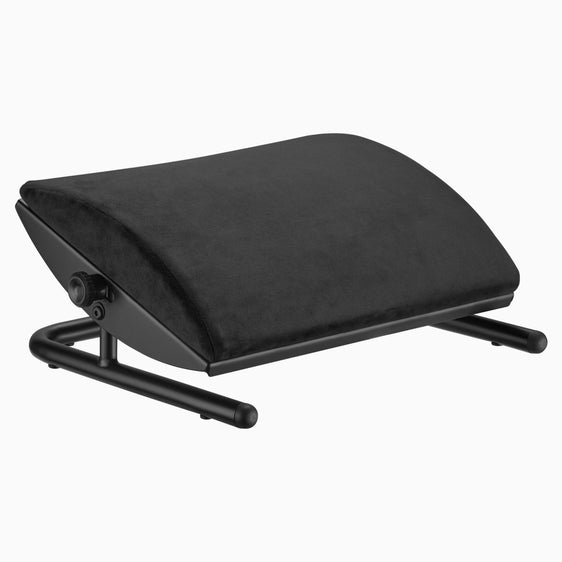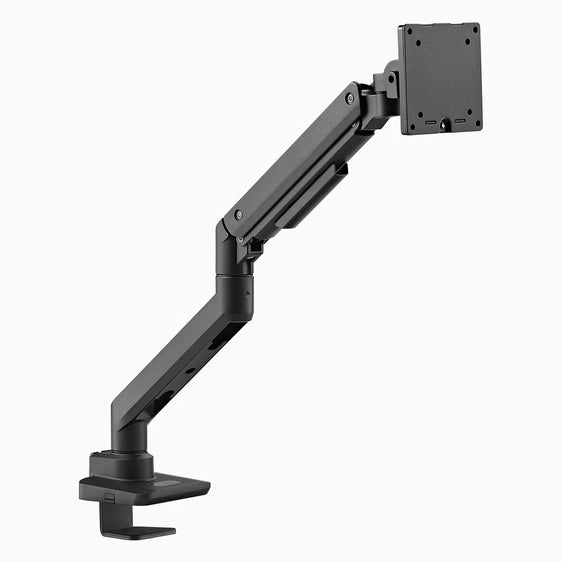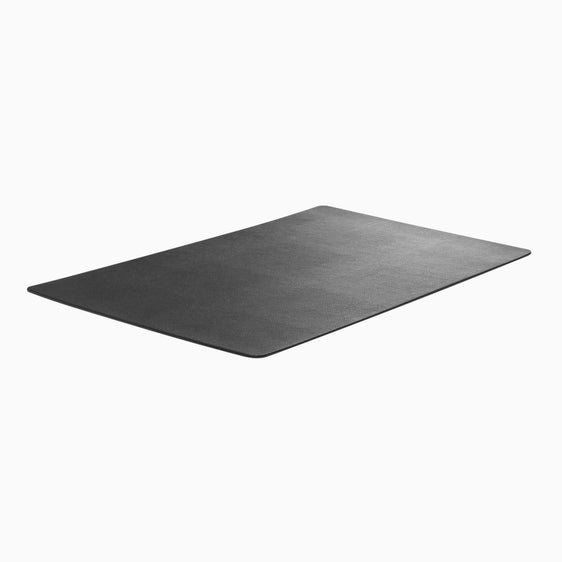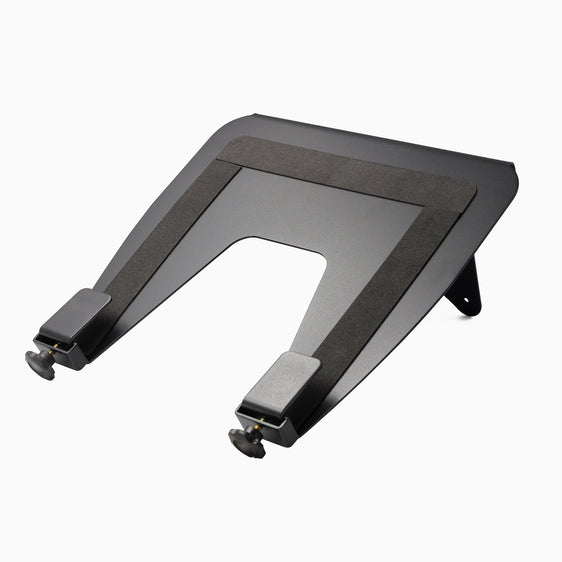Corner Standing Desks
Need an adjustable corner standing desk that offers you world-class stability but with even more space? The Desky L-Shaped corner desk range has all the space you could ever need, no matter how busy your workspace! Improve your productivity with adjustable desk heights to get you out of your chair while staying on task. If you're looking for a spacious and ergonomic setup, an L shape desk is the perfect solution for maximizing your workstation.

